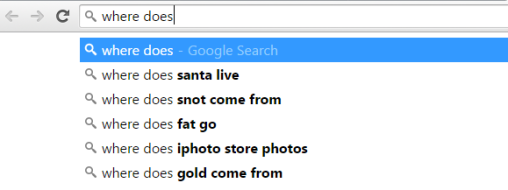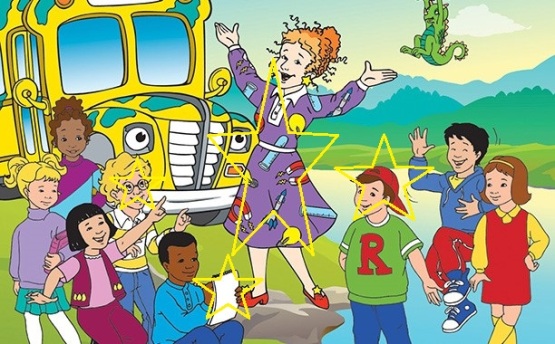I would consider the confines of my bedroom a private space. It seems so when compared to a place like a shopping centre. A golf club could be considered a ‘semi-public’ space – enabling public access with the exclusivity of private membership. The ‘semi-/public’ and ‘private’ can be understood in terms of the access and control that individuals have in each space (Bowles & Turnbull 2015).
Communications technology is blurring the difference. The moral principles that govern our behaviour in these spaces is changing. In other words, communications technology in public spaces is affecting our interactions, both with the technology and with other people. Whether a public phone call can be considered ‘private’ is questioned if the conversation can be heard by surrounding strangers.
Photography as ethnography
Ethnography is the research of everyday life and practice. Photography in public spaces is a form of this research. A photograph can be used as a source of qualitative data, and with this “the ethnographer relies on a cultural frame of analysis” (Hoey 2015). The researcher is able to form a cultural interpretation based on the photograph’s contents. However, as imperative practice in any field of research, ethical considerations are to be made before content can be collected, studied, and published – particularly content involving the depiction of others.
I’ve taken a photograph of my experience in a movie theatre. Before taking it, I made no consideration about any potential ethical responsibilities I may have had at that moment. The people in front of me had no idea I was about to photograph them. I took the picture because I wanted others who weren’t in my immediate presence to see what I was seeing.
Gross (1991) argues that photographic and telecommunications technology have caused a “cultural explosion” (p. 4). I further this claim by saying that the ever-present nature of photographic imagery in our lives represent a connection to the world beyond our immediate space. Our pocket-sized technology is only fostering this ‘connection’. It explains the inherent ‘need’ to share pictures of sleeping commuters, knowing the potential reception, even if we have to sacrifice the dignity of others.
Is it ever OK to photograph strangers on a train?
I try not to photograph strangers in public. Sometimes it seems unavoidable, but there is a difference between invading another’s privacy (in public) and having unknown subjects in the background of your photograph. If I’m photographing in a public space, it’s highly unlikely that I’d ask everyone around me to clear the way. I’d try my best to at least not include others’ faces. The face is the ultimate source of identification.
I wouldn’t be surprised if I’ve been in the background of someone else’s picture — an unknowing photobomb.
My approach to photographic ethnography would be better premeditated. This style of research in public space would involve communication with targeted subjects. Unlike these men taking up too much space, those whose practices I attempt to study would be aware of my intentions to document them. This exchange would occur after having photographed them as a method of capturing more genuine, candid content.
Subjects in public spaces deserve privacy. There is already enough surveillance – we don’t need to become our own big brother.
References:
Bowles, K & Turnbull, S 2015, ‘Public televisions and personal devices’, lecture slides, BCM240, University of Wollongong, viewed 1 September 2015.
Gross, L Katz, JS & Ruby, J 1991, Image Ethics, Oxford University Press, New York.
Hoey, BA 2015, ‘What is ethnography?’, Brian Hoey, viewed 2 September 2015, <http://brianhoey.com/research/ethnography/>.




















